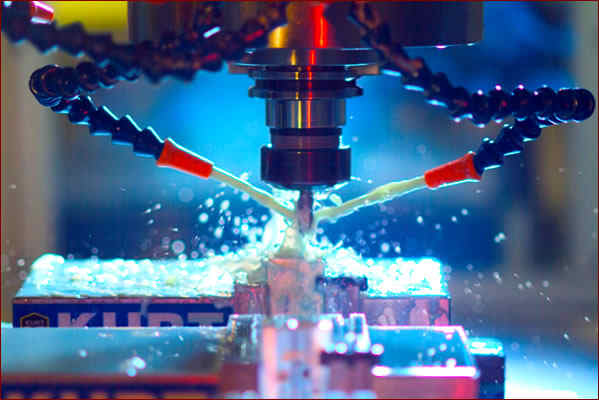Address
304 North Cardinal St.
Dorchester Center, MA 02124
Work Hours
Monday to Friday: 7AM - 7PM
Weekend: 10AM - 5PM
The feed system which is necessary for material conveying is, on many jobs, the thickest part of the moulding shot. This means that the rate of setting or hardening of the material is dictated by the feed system which will either be re-granulated or thrown away in conventional cold runner moulding. This is wasteful of production time and production energy, and for these reasons there has always been considerable interest in the use of mould designs which do not allow the feed system to set or harden during normal production.
In the case of thermoplastics materials this means keeping the material in the feed system hot,whereas in the case of thermosetting materials and rubbers this means keeping the feed material cool .Some materials and/or products are not suited to runner-less moulding production.
In some cases the cost of a runner-less mould is not justified by the length of runner envisaged.

By making the runner diameter larger, and by operating the mould in a slightly different way. a three-plate mould can be produced which does not produce set or hardened runners during each cycle. The runner diameter is increased approximately three-told (compared to a conventional three- plate mould) and can be of the order of 19 mm (0 75 in); the centre plate of the mould is latched to the stationary plate during normal operation.
When moulding is commenced the feed system is adjusted so that the runner system is filled. The layer of thermoplastics material in contact with the relatively cold mould hardens and because of the low thermal conductivity of plastics this layer of hardened material insulates the material in the centre of the runner. The large diameter of (he runner, the shape of the runner (fully round) and the speed of moulding help to ensure that the material in the centre of the runner system remains hot enough to be moulded. If the material sets or hardens in the runner system then the stationary and centre plates are separated and the hardened feed system is removed.
Polyolefins are commonly moulded in insulated runner moulds (such materials have very high heat contents) and the gating system is similar to that used on a three-plate mould- Initially, insulated runner moulds were equipped with insulated multiple nozzles but, because of start-up problems due to blodcing,it is now more usual to equip such moulds with externally heated nozzles or to fit heated probes into the centres of the nozzles.
Such moulds are sometimes referred to as hot tip moulds and ideally the temperature of the nozzle should be capable of being accurately controlled. For example, this may be done by using a probe which contains both a heating coil and a thermocouple- Some probes are now available which are capable of being operated at two temperatures; the temperature at the tip of the probe is reduced when mould filling is completed so that the plastics material hardens and this plug of material helps to minimise drooling.
By fitting cartridge heated rods down the entire length of the feed system, which are also capabic of being temperature-controlted, the moulder has additional control over the moulding operation. Strictly speaking, this type of mould should be called an initially heated, hot runner mould and should be cheaper to operate (because of reduced beating losses) than a conventional hot runner mould.
by Steven ,a baby potty mould and washing machine mould maker from China